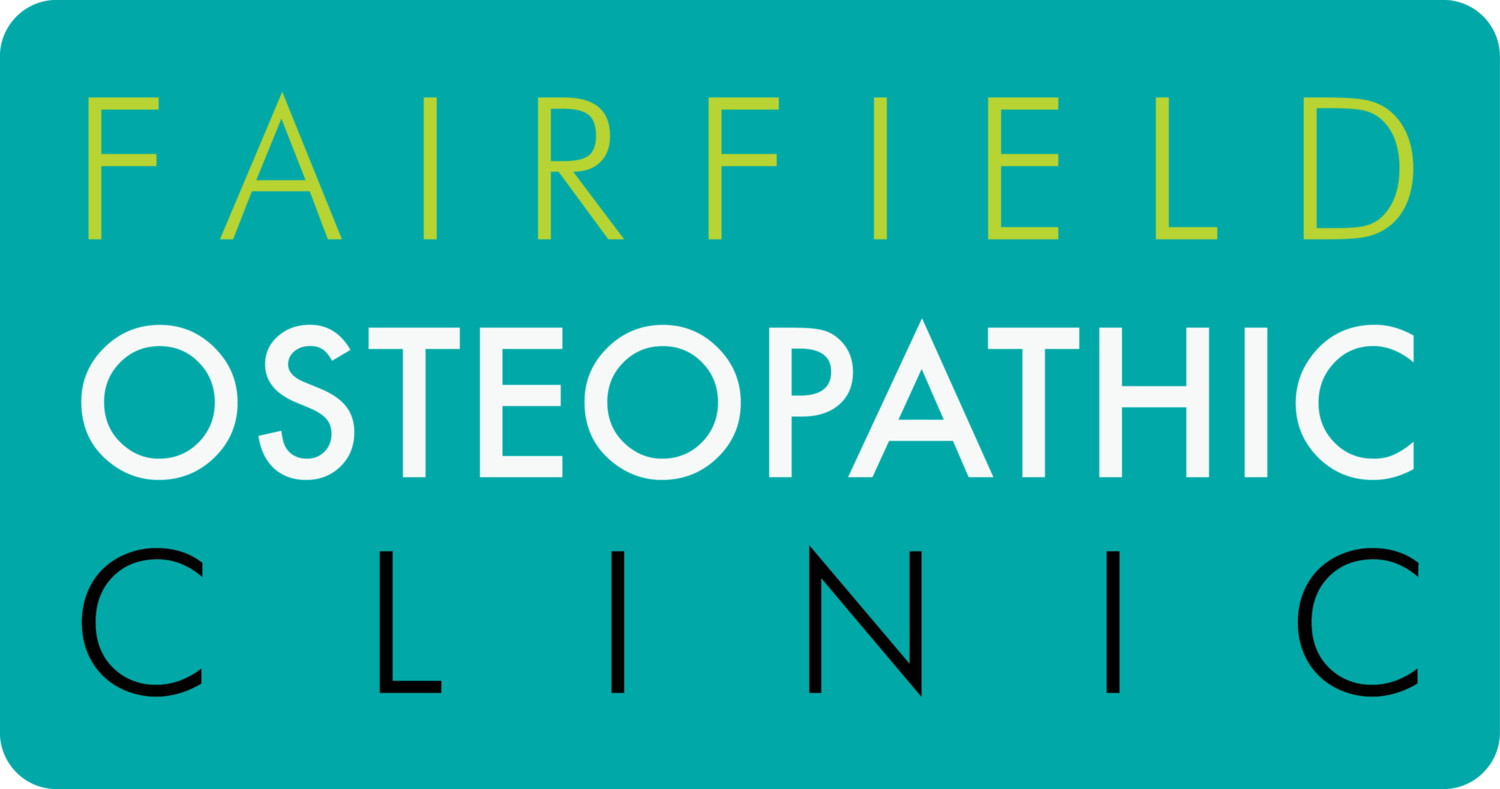Take a breather.
There is growing evidence supporting a wide range of benefits for mindfulness and mediation but there remains uncertainty as to whether consciously interfering with our breath is of equal standalone benefit.
I don’t think anyone would disagree with the basic premise that breathing is essential for life. Breathing maintains tissue homeostasis, and responds in a timely fashion to increased carbon dioxide (CO2) levels (1).
What happens in the body when we breathe?
I apologise for not even trying to explain the mechanisms of breathing. Even the simplified version of how breathing is triggered and maintained involves a complex series of whole body and brain events. In fact, the underlying mechanisms that control breathing movements and neuronal pattern generation are under debate (2).
The bottom line is the complex, coordinated efforts of our brain and body adjust our breathing to the demands placed on the body by different activities, such as sleeping or exercising.
What happens to our breath when we're stressed?
Our breath can reflect our emotional state. If we are nervous or upset, we don’t consciously start to breathe quickly, it just happens.
In a whole series of events, our heart rate goes up, we start to breathe faster, blood diverts from our gut and is sent to our muscles so we can run away.
It constricts the pupils of our eyes so we can focus on our attacker. It dilates the bronchi of the lungs to increase blood oxygenation, and converts energy stored in the liver into fuel for strength and stamina.
Interestingly, a similar series of events happens with the cardiovascular effort of exercise and for some individuals, this body process can induce a sense of panic.
Does it work vice versa? Can we use our breath to influence our emotional state?
Our rate of breath can change the neurochemistry of the brain quickly with a subsequent affect on the body. But can it impact on the sort of emotions we are feeling? It is thought that deep and slow breathing facilitates emotional regulation, relaxation and a level of distraction (3)
If we breathe quickly will that induce panic? Does something special happen when we consciously breathe slowly? Can we induce calm, can we induce sleep? (4)
Can we use our breath to modulate pain?
A study on the effect of relaxing deep and slow breathing found that pain thresholds were increased and sympathetic activity was reduced from only six weeks of practice of deep slow breathing. (3)
Deep slow breathing reduced pain ratings and pain unpleasantness in healthy subjects (5)
However, there was little change to pain ratings or unpleasantness if the subject had been diagnosed with fibromyalgia. This is thought to be due to complex and altered thought processes. In fibromyalgia subjects there seemed to be a decreased ability to sustain the positive effects of deep slow breathing.
As I mentioned even breathing is a fairly complex thing to explain and the neurophysiological explanation for deep breathing reducing pain is even more complex and comes under the category of hypothesis*.
Breath therapy is safe
Whilst there may not be a water tight answer regarding the effectiveness of breath therapy, a randomized control trial for chronic low back pain, breath therapy was declared safe (6).
Also, in the early stages of the trial, breath therapy compared to physical therapy alone showed improved function, and improved physical and emotional state. At six months: physical therapy showed a greater improvement across all measurements, including vitality (6).
The right tool for the job
The answer, as always, is choosing the right tool for the job, at the right time, and in the right context. Using breath as a treatment tool together in different measures with other types of therapies in early and latter stages of recovery should help influence positive outcomes for most people.
You can start right now….
Here are some links to determine whether concentrating on your breathing might be another tool for your coping belt.
Great for kids:
http://annakaharris.com/mindful-breathing/
For the visual app loving learners among us:
Some apps attempt to enrich audio instructions with interactive visualisations. There has been one study looking at the the potential benefits, distractions, participation and ease of use by using visualisations in an app to obtain an optimal breathing pattern with resultant systemic changes (7).
My Calm Beat https://www.mybrainsolutions.com/mycalmbeat
Tactical Breather http://t2health.dcoe.mil/apps/tactical-breather
Breathe2Relax http://t2health.dcoe.mil/apps/breathe2relax
BreathingZone http://www.breathing.zone/
References:
(1) Guyenet, P.G. and Bayliss D.A., 2015 Neural Control of Breathing and CO2 Homeostasis
(2) Jasinski, P. E., Molkov, Y. I., Shevtsova, N. A., Smith, J. C. and Rybak, I. A. (2013), Sodium and calcium mechanisms of rhythmic bursting in excitatory neural networks of the pre-Bötzinger complex: a computational modelling study. Eur J Neurosci, 37: 212–230. doi:10.1111/ejn.12042
(3) Zunhammer, M., Elchhammer, P., & Busch, V. (2013). Do cardiorespiratory variables predict the antinociceptive effects of deep and slow breathing? Pain Medicine, 13: 843-854
(4) Zautra, A.J., Fasman, R., Davis, M.C., & Craig, A.D. (2009). The effects of slow breathing on affective responses to pain stimuli: an experimental study. Pain, 149: 12-18
(5) Bushc, V., Mageri, W., Kern, U., Haas, J., Hajak, G., & Elchhammer, P. (2012). The effect of deep and slow breathing on pain perception, autonomic activity and mood processing - an experimental study. Pain Medicine, 13: 251-228.
(6) Mehling, W.E., Hamel, K.A., Acree, M., Byl, N., & Hecht, F.M. (2005). Randomized controlled trial of breath therapy for patients with chronic low-back pain. Alternative Therapies in Health and Medicine, 11(4): 44-52.
(7) Chittaro, Luca, and Riccardo Sioni. "Evaluating mobile apps for breathing training: The effectiveness of visualization." Computers in Human Behavior 40 (2014): 56-63.
*Breathing increases bronchiopulmonary afferent activity. This increases left insula activation and increases left anterior cingulate cortex activation (correlating with a shift in vasosympathetic tone). Painful stimulation activates the right insula, so the activation of the left insula directly opposes this. At baseline, if respiratory rate was high a significant decrease in pain intensity and pain unpleasantness was observed with deep and slow breathing.

